10 Modern Movie Masterpieces That Are Disturbingly Realistic

True horror doesn’t always come from monsters or ghosts, but from how close a film gets to reality. Some of the most unsettling movies are the ones that feel like they could happen. In these stories, evil hides in polite gestures, familiar faces, or the randomness of everyday life.
With this in mind, this list ranks some of the most disturbingly realistic films of the last two decades or so. The titles below unsettle not through fantasy but through truth, the way violence, manipulation, and despair creep into ordinary settings until there’s no escape.
10
‘Chained’ (2012)
“The world is full of sick people. You just don’t know it yet.” Chained is one of the bleakest psychological thrillers of the 2010s. Watching it feels like you’re trapped in someone else’s nightmare. It was directed by Jennifer Lynch (who usually works in TV, helming episodes of shows like Daredevil, Agents of S.H.I.E.L.D., and The Walking Dead). The plot zeroes in on a serial killer (Vincent D’Onofrio) who kidnaps a young boy (Eamon Farren) after murdering his mother and raises him as both servant and “student” in his sadistic worldview. The film’s low-key naturalism makes the horror unbearable. Lynch avoids sensationalism, choosing stillness and routine over spectacle.
Essentially, it’s a study in trauma, how captivity warps morality, how survival and complicity intertwine. Chained asks a simple, chilling question: What happens when abuse becomes your only reality? D’Onofrio’s performance is unnerving precisely because it feels authentic. Rather than being cartoony, it’s methodical, weary, and human.
9
‘Mass’ (2021)
“There’s no way to make this right. We can only carry it.” Few films confront grief and guilt with the raw honesty of Mass. Set almost entirely in a church meeting room, it centers on two couples, one who lost their son in a school shooting, the other whose son committed it, as they meet years later to talk. The movie unfolds like a live-wire therapy session, its realism so intense it’s almost hard to breathe. The camera never flinches. It just listens, capturing the halting rhythm of forgiveness, blame, and unbearable sorrow.
There’s no score, no flashbacks, no easy catharsis, only conversation. This is challenging material, living or dying on the acting, and the cast members all deliver. Jason Isaacs, Martha Plimpton, Ann Dowd, and Reed Birney deliver extraordinary performances, restrained yet volcanic. Ultimately, Mass is disturbing not because of what it shows, but because of what it understands: that real tragedy leaves no villains, only survivors trying to live with the impossible.
8
‘The Lodge’ (2019)
“Repent. The Lord is coming.” The Lodge is a film that feels like a panic attack stretched over two hours. When two children and their soon-to-be stepmother (Riley Keough) are snowed in at a remote cabin, their emotional wounds and religious trauma begin to manifest in chilling ways. What makes the film so chillingly realistic is its depiction of gaslighting, grief, and the fragility of the human mind under isolation. The cinematography mirrors depression, all cold, symmetrical, and drained of warmth.
Keough does most of the heavy lifting. Her performance here is simply extraordinary, showing a woman trying to hold herself together while everything around her conspires to undo her. The film doesn’t rely on jump scares or gore or mayhem. Rather, it uses silence, guilt, and religious delusion to create horror that feels psychological rather than supernatural. The film blurs the line between faith and madness, turning family dysfunction into existential despair.
7
‘Don’t Breathe’ (2016)
“There is nothing a man cannot do once he accepts the fact that there is no God.” In Don’t Breathe, the usual home-invasion formula gets flipped on its head. This time, the audience ends up on the side of the intruders, three desperate robbers just trying to escape their own dead-end lives. Rocky (Jane Levy) wants nothing more than to get her little sister out of an abusive, poverty-stricken home, and she thinks one big score might finally buy their freedom. What she doesn’t realize is that they’ve chosen the wrong house (and the wrong man) to rob.
Their target (Stephen Lang) is a blind war veteran whose skills and instincts turn the break-in into a nightmare. What follows is a claustrophobic, nerve-shredding reversal where predator becomes prey. The Blind Man’s transformation from victim to monster pushes the story into moral grayness, blurring the line between self-defense and cruelty. Through it all, Fede Álvarez‘s direction is punchy and visceral without being over-the-top.
6
‘The Strangers’ (2008)
“People don’t just stand out there, staring at us like that. They want something.” The Strangers has a brutally straightforward premise: a couple is tormented by masked intruders in their isolated vacation home. But director Bryan Bertino transforms this familiar conceit into an exercise in existential terror. The style is unrelentingly minimalist, dialogue is sparse, the violence abrupt, and the atmosphere unbearably quiet. When the victims ask, “Why are you doing this?” and one of the intruders replies, “Because you were home,” the horror becomes almost philosophical. It’s the randomness that kills you.
The storytelling is confident and assured, never pandering to the audience or resorting to cheap tricks. The film’s realism lies in its patience. We get no music cues, no false hope, just long stretches of silence punctuated by footsteps or knocks. In the process, The Strangers forces you to sit with dread rather than escape it. Every sound feels like it’s in your own house.
5
‘Uncut Gems’ (2019)
“This is how I win.” Few films feel as chaotic as Uncut Gems. Directed by Josh and Benny Safdie, it follows Adam Sandler’s Howard Ratner, a New York jeweler and gambling addict spiraling through debt, deceit, and desperation. While the movie makes effective use of handheld cinematography and overlapping dialogue, it’s ultimately the characters’ psychology that makes it realistic. Howard’s addiction feels real because it’s never glamorized or sensationalized. Instead, it’s just compulsive and pathetic. There are no villains here, only the grinding machinery of consequence.
It helps that Sandler gives a career-best performance, embodying a man who mistakes adrenaline for purpose. The storytelling is perfectly calibrated to his manic energy. The pacing is relentless, creating anxiety that borders on physical pain. Then you get hit with the ending, which is shocking and yet totally inevitable given everything that’s gone before. It all adds up to one of the very best crime films of the 2010s.
4
‘The Killing of Two Lovers’ (2020)
“I’m just trying to hold it all together.” The Killing of Two Lovers is quiet, slow, and suffocating, a small-town drama that plays like a thriller because every silence feels like it could explode. It revolves around David (Clayne Crawford), a separated husband trying to reconcile with his wife (Seppideh Moafi) while barely suppressing rage and despair. The film’s realism is truly oppressive, constructed out of long takes, static framing, and natural dialogue that capture the awkwardness of fractured love. The tension doesn’t come from action, but from proximity, being too close to a man trying not to fall apart.
Crawford’s performance is fantastic, deeply layered, portraying emotional violence as something simmering beneath every breath. It’s utterly devoid of melodrama or manipulation. In the end, The Killing of Two Lovers is disturbing because it’s recognizable: love turned sour, pride turned to threat, the human need to be good colliding with the urge to destroy.
3
‘Creep’ (2014)
“I’m sorry. I just wanted to scare you.” Shot on a handheld camera and featuring only two actors, Creep gets under the skin because it feels unscripted. Here, Patrick Brice and Mark Duplass create an atmosphere so intimate and awkward that you forget you’re watching fiction. Plot-wise (Brice), a videographer answers a Craigslist ad to film a dying man’s (Duplass) personal video diary, but nothing about the man is what it seems. The film’s realism comes from its tone, not its plot; the uncomfortable familiarity of oversharing, the way social niceties prevent people from leaving dangerous situations. It’s horror born from politeness.
The movie never tips its hand. Even when you think you know where it’s going, it’s still unsettlingly human. Much of the credit for this success belongs to Duplass. He’s brilliant in this one, balancing charm, humor, and menace in equal measure. It’s a far cry from most of his most straightforward, likably goofy characters.
2
‘Contagion’ (2011)
“Someone doesn’t have to weaponize the bird flu. The birds are doing that.” When Contagion was released, it felt like speculative fiction. A decade later, it feels like prophecy. Steven Soderbergh’s clinical, terrifyingly precise portrayal of a global pandemic became disturbingly real during COVID, from the conspiracy theories to the hoarding to the desperate scramble for vaccines. It’s a thriller built on procedure, data, and human fragility. Kate Winslet, Laurence Fishburne, and Matt Damon deliver understated performances that mirror the film’s tone, compassion grounded in exhaustion.
The realism comes from the banality of it all: bureaucratic failure, moral compromise, the everyday heroism of small acts. Soderbergh films the end of normal life with terrifying calm, making the world’s unraveling feel inevitable rather than sensational. Watching it now feels less like entertainment and more like déjà vu, the scariest kind of realism. It’s a grim reminder of how unprepared we are for the next pandemic, despite everything we’ve been through.
1
‘Compliance’ (2012)
“I’m just following orders.” Compliance is one of the most psychologically excruciating films of the 21st century. Based on true events, it depicts a fast-food manager (Ann Dowd) who receives a phone call from someone claiming to be a police officer (Pat Healy), and follows his increasingly invasive instructions to detain and humiliate an employee (Dreama Walker). The movie is a study in obedience and the terrifying ease with which authority can override empathy. It’s especially shocking because it’s not fiction but a reconstruction of real events (though names have been changed).
There are no villains in the traditional sense in Compliance, only people doing as they’re told. As a result, the movie forces viewers to confront the psychology of submission, asking why we obey even when our instincts scream otherwise. Watching it feels like being complicit yourself, which is precisely the point. Deeply disturbing, but powerful cinema.
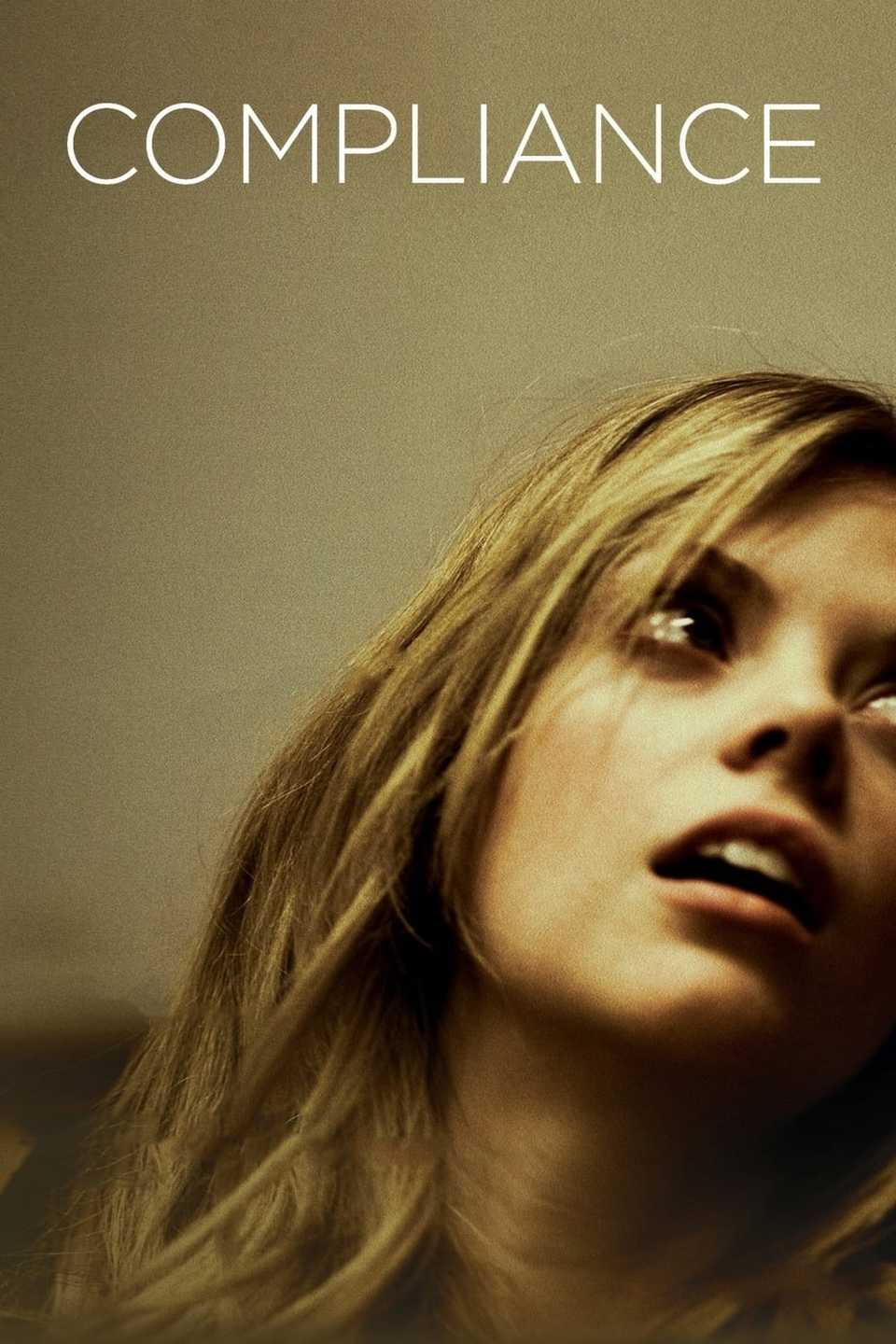
Compliance
- Release Date
-
August 23, 2012
- Runtime
-
90 minutes
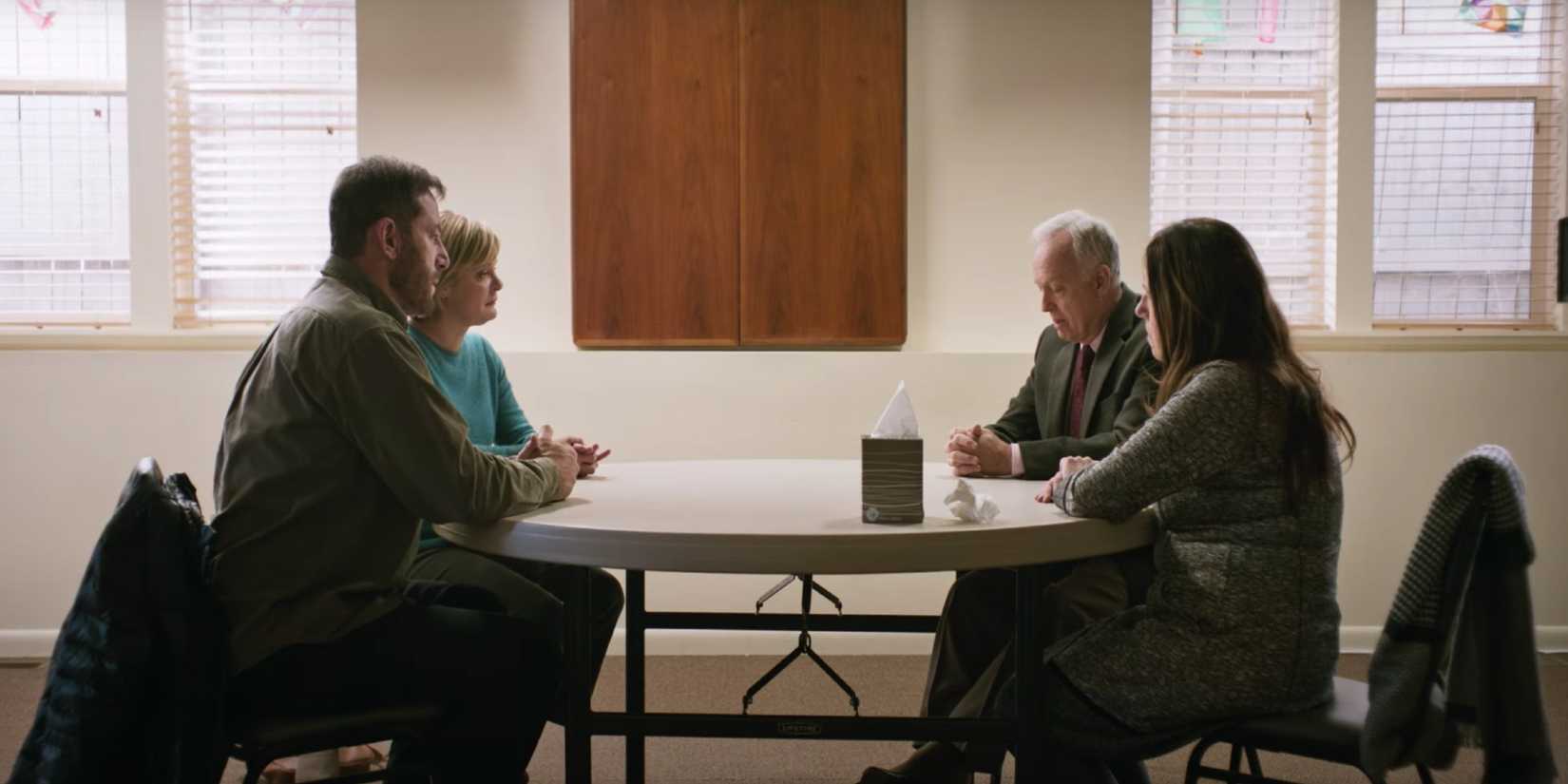
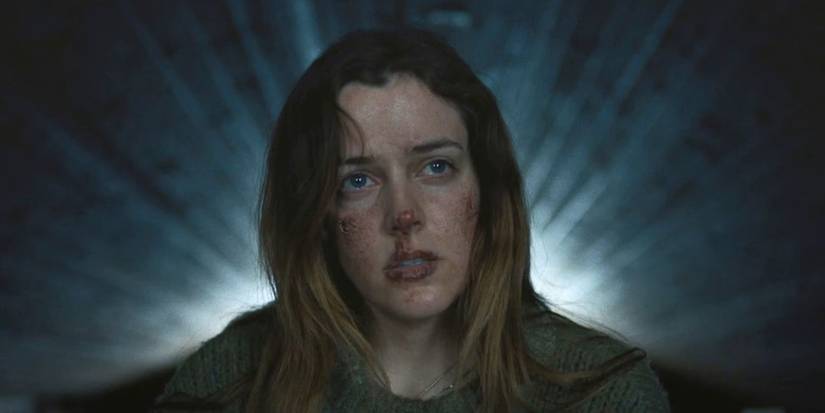
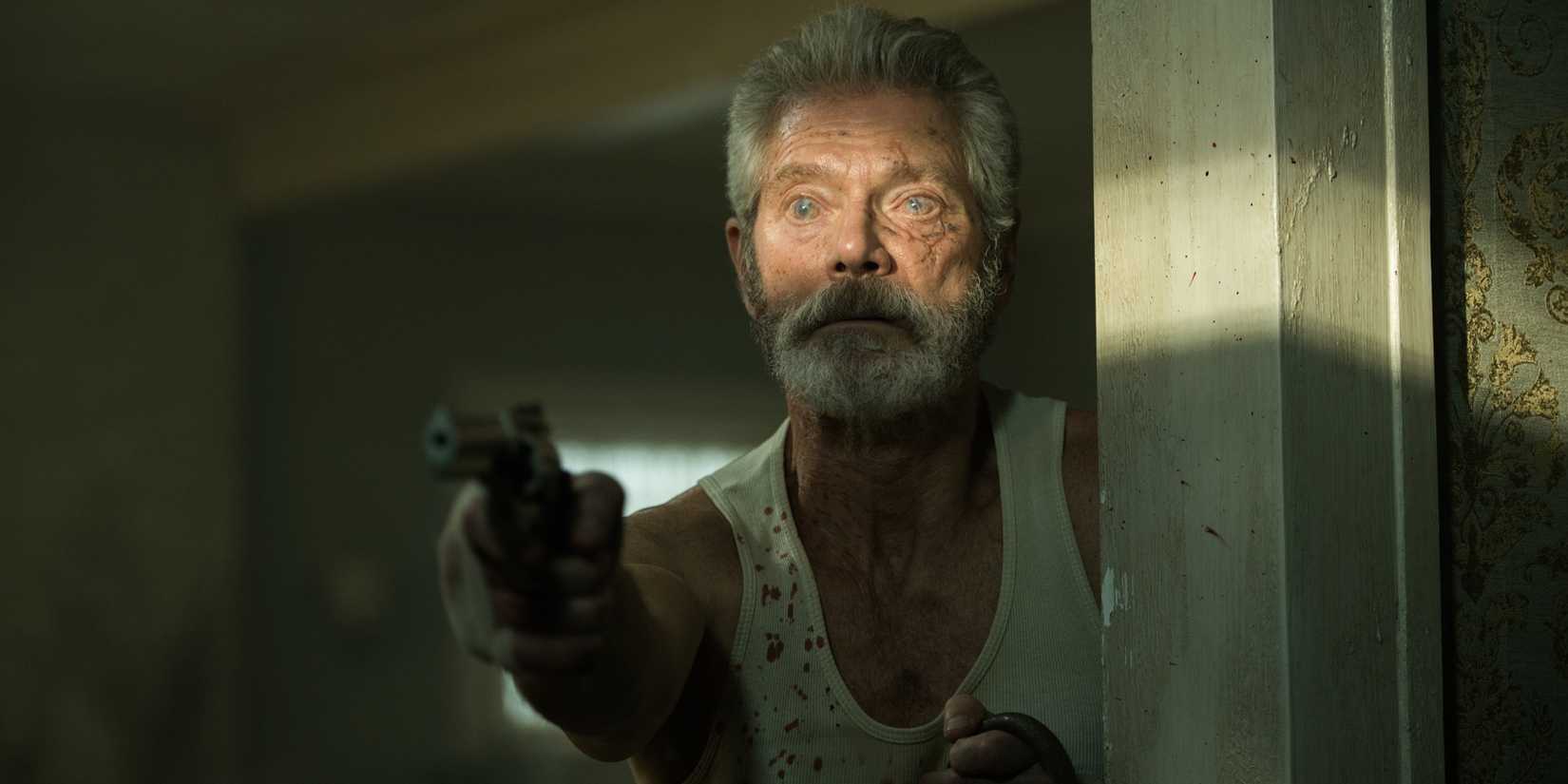
.jpg?q=70&fit=crop&w=825&dpr=1)
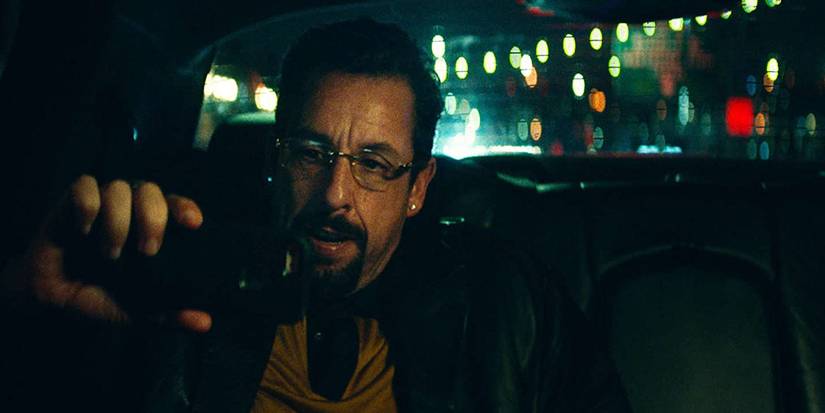
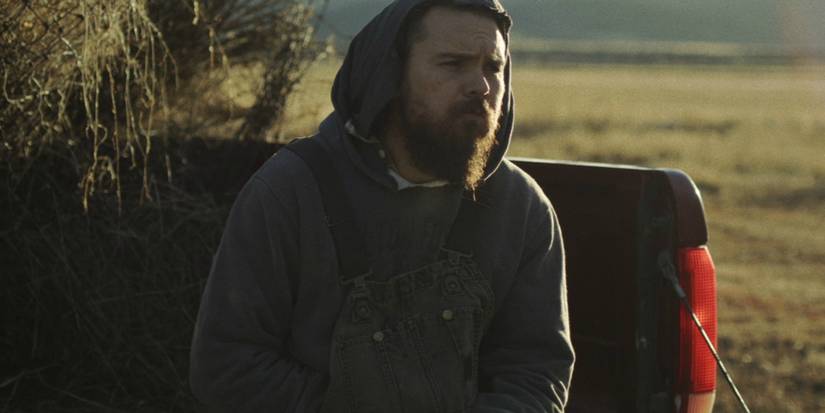
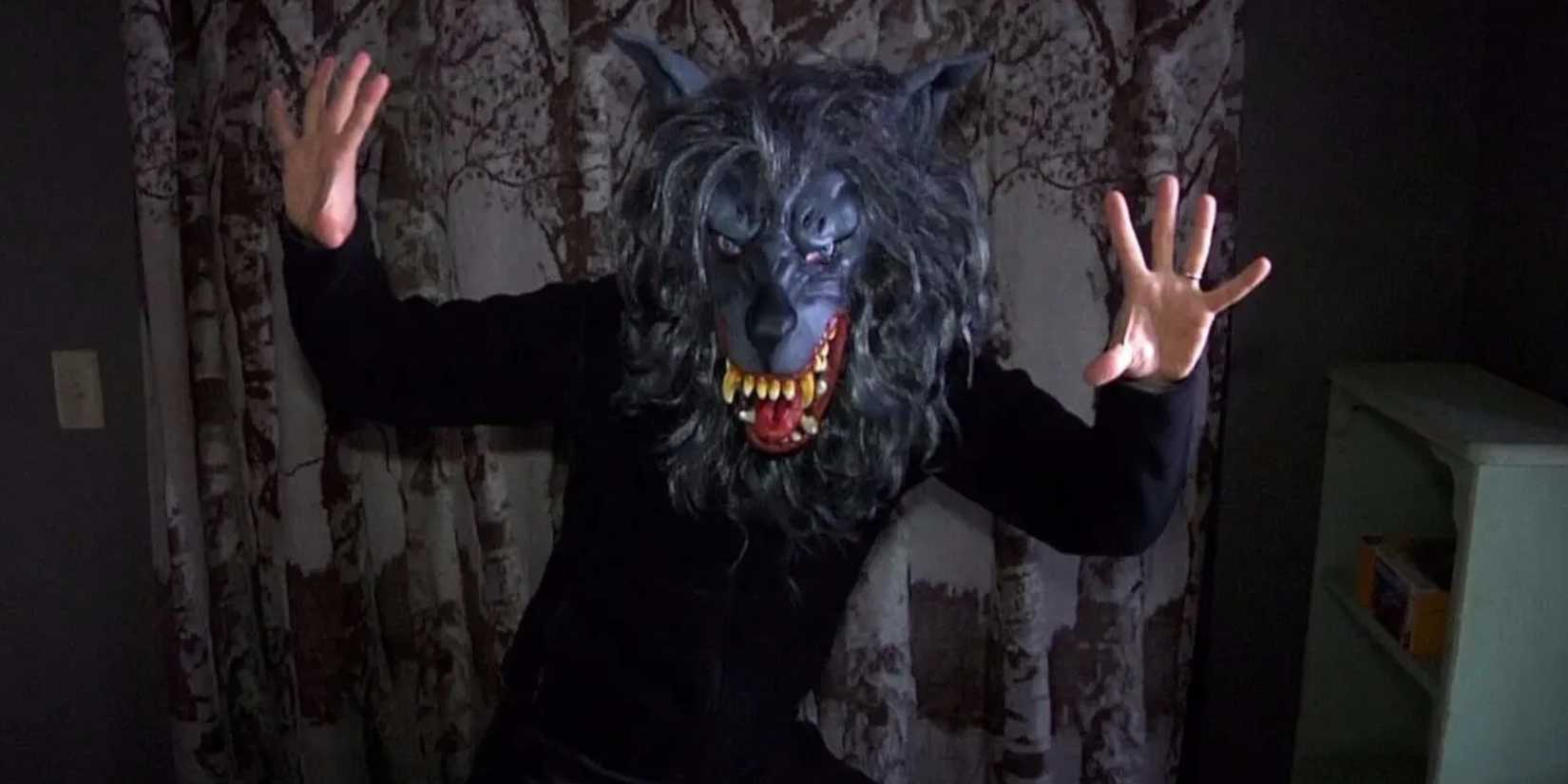
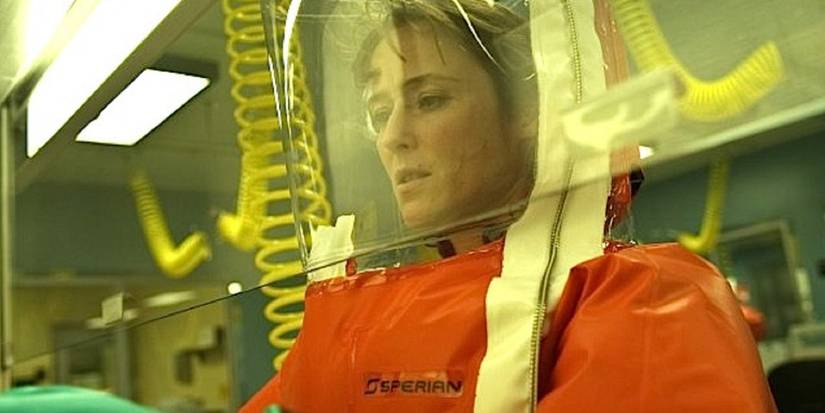
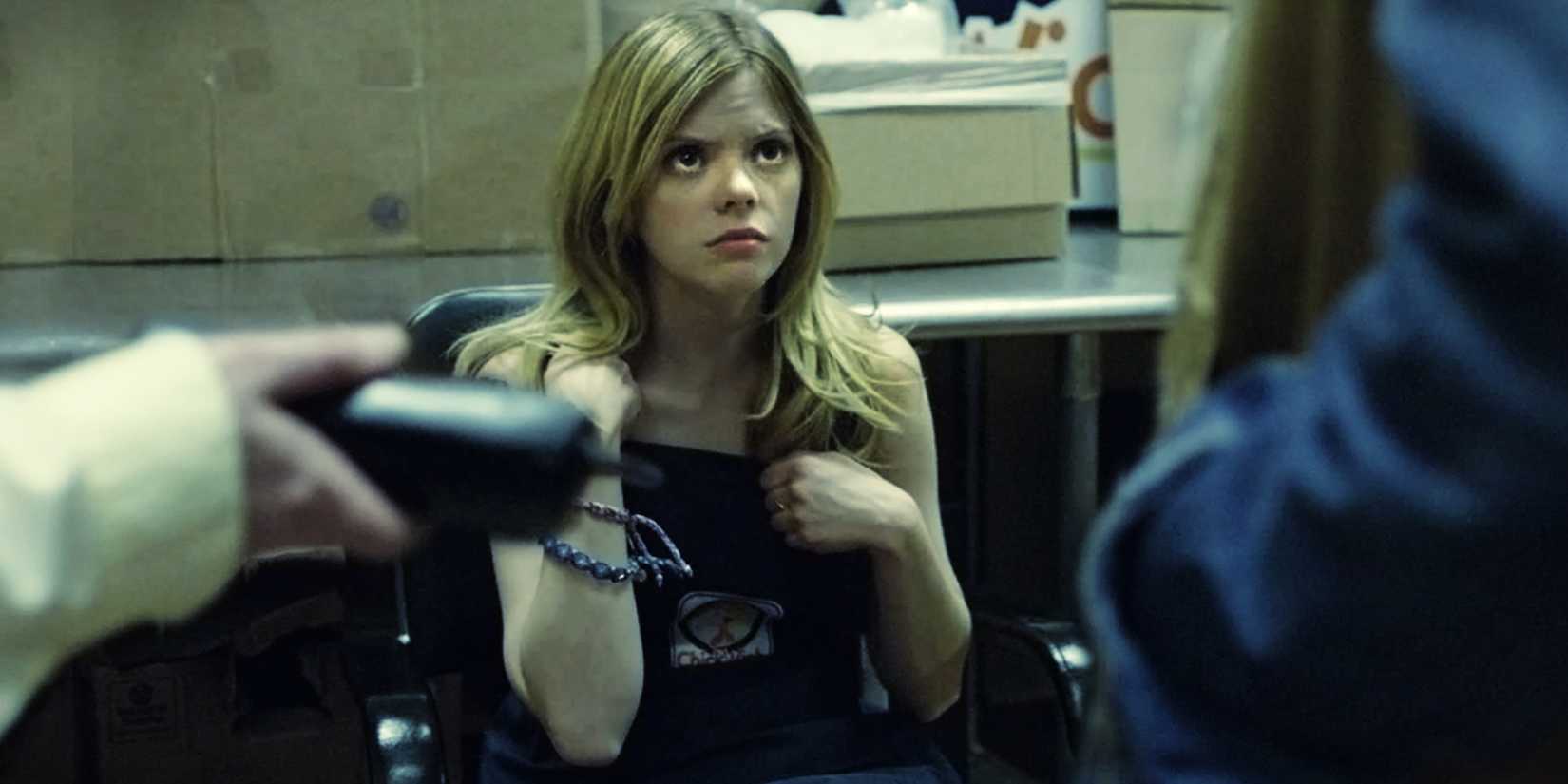



![After his criticisms “Woke” “Superman” became viral, Dean Cain clarifies his position on the new film by James Gunn [Exclusive] After his criticisms “Woke” “Superman” became viral, Dean Cain clarifies his position on the new film by James Gunn [Exclusive]](https://i2.wp.com/static1.colliderimages.com/wordpress/wp-content/uploads/2023/07/lois-and-clark.jpg?w=390&resize=390,220&ssl=1)
